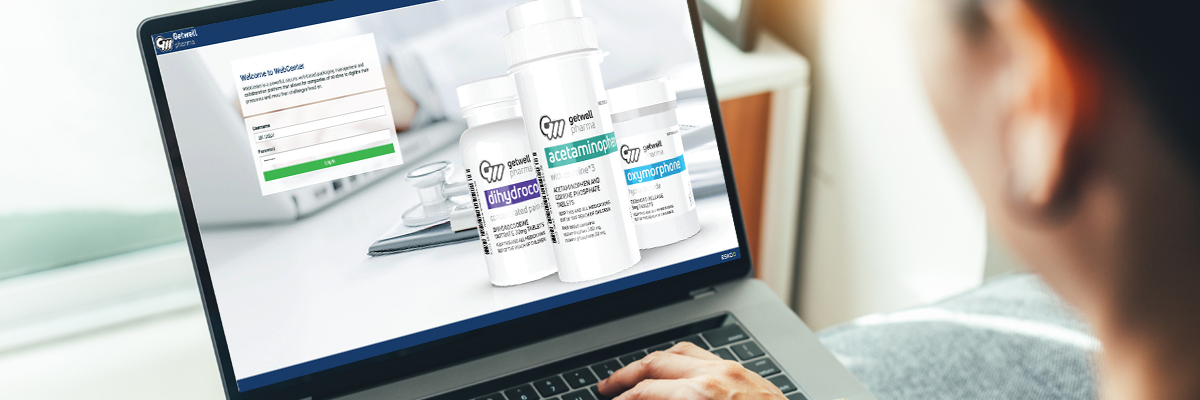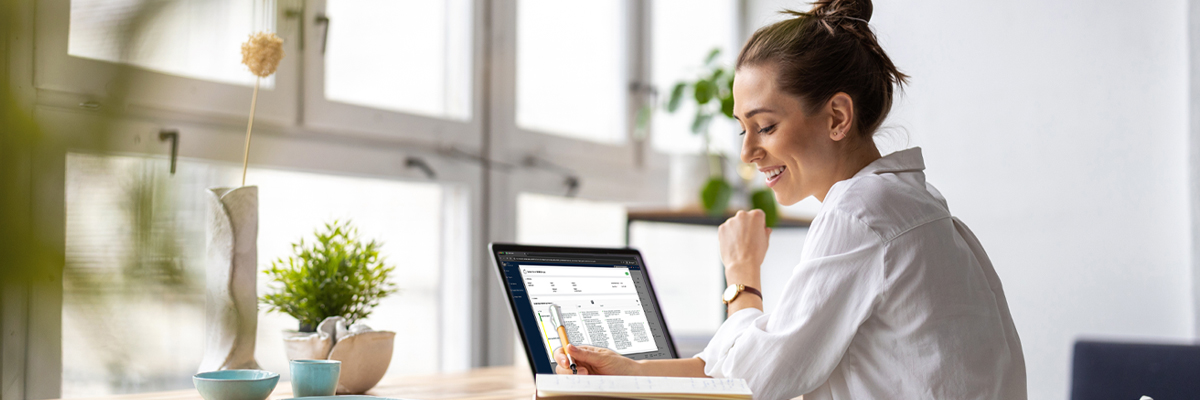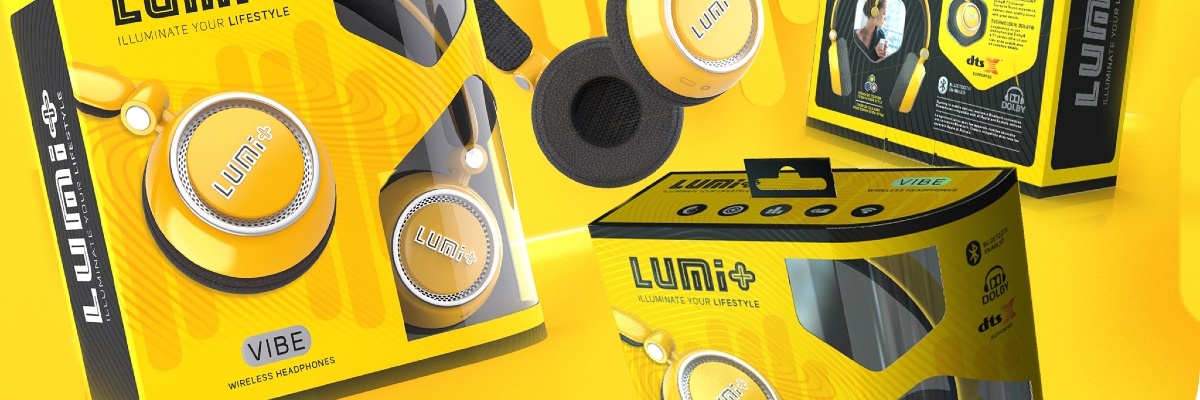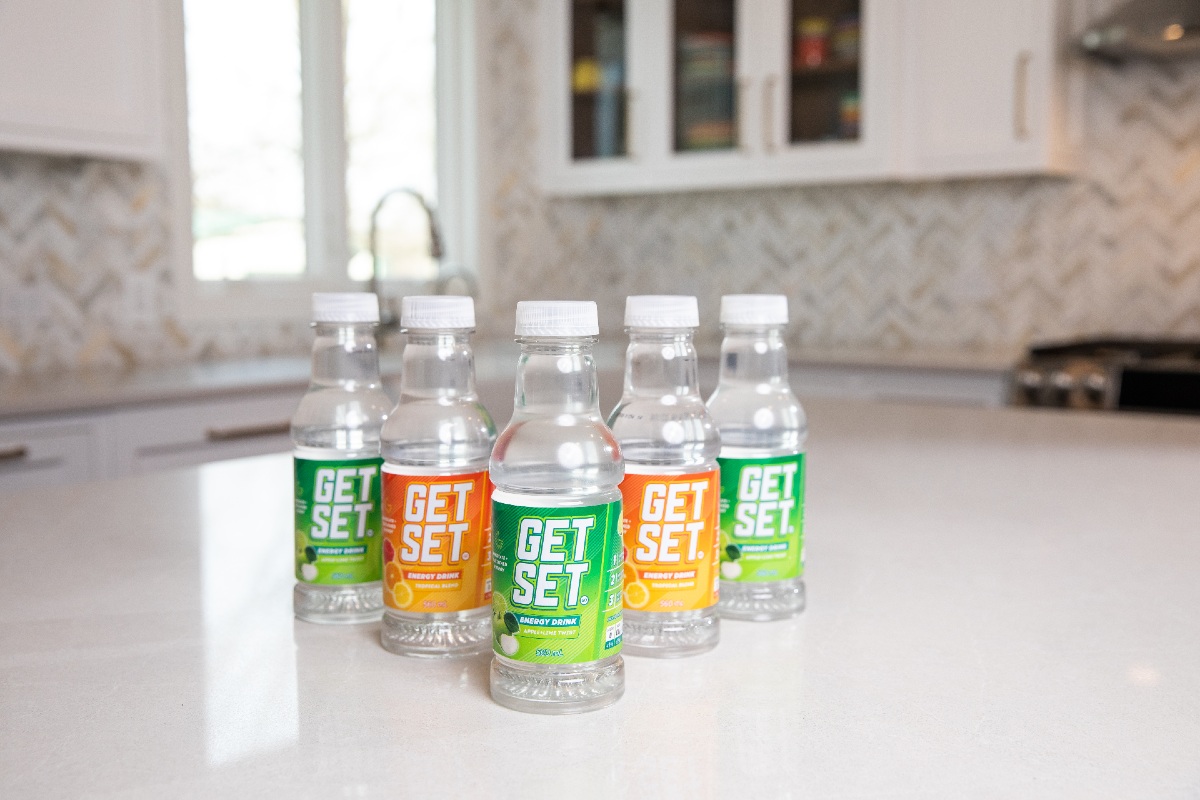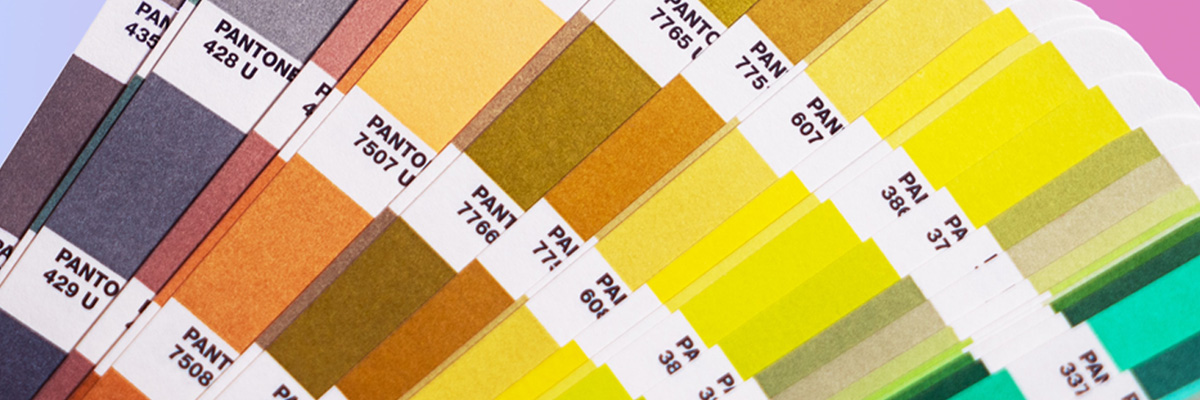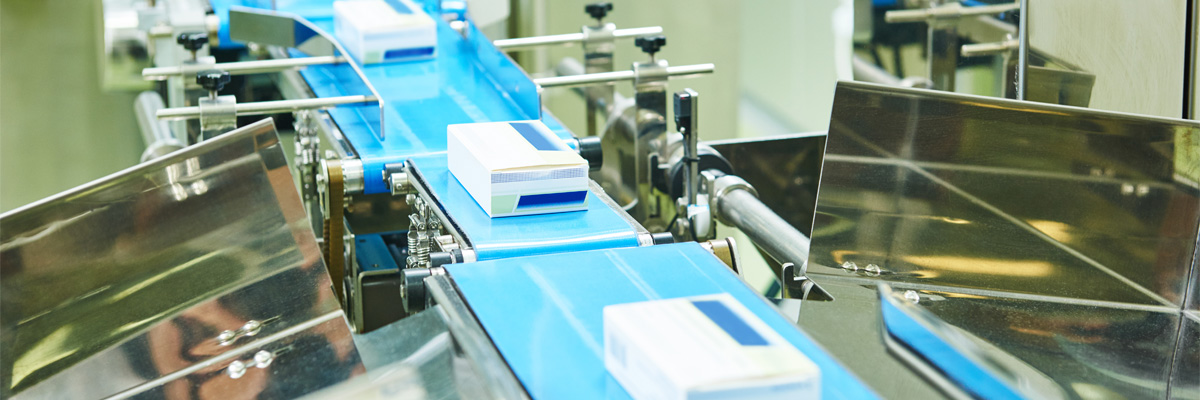Sustainable packaging design is a priority for brands and consumers alike.
Now more than ever, countries, and their major companies, are under increasing pressure to reduce their carbon footprint by providing sustainable products outfitted in eco-friendly packaging.
How do brands protect their products and the environment at the same time?
In this article, we’ll go over the numbers, give you examples, and explain why consumers pledge their loyalties to companies that prioritize sustainability.
Consumers are increasingly concerned about sustainability, eco-friendly business practices, and shopping with socially conscious brands.
Gen z, the newest generation of shoppers, comprises a large portion of this group. However, they’re not the only ones demanding eco-friendly products. According to GLOBALDATA, 71% of global consumers say product packaging that is “sustainable/ made from renewable sources” is quite/extremely important.
Furthermore, according to Global News Wire, a CGS survey reports that sustainability is a driving force behind consumer demand, regardless of age. The survey involved 1,000 Americans, ages 18 and up. 70 percent of respondents take sustainability into account when making a purchase, and 47 percent are willing to pay higher prices for more sustainable products.
Sustainability is a broad, complicated topic. Companies can prioritize going green by engaging in environmentally responsible business practices, providing eco-friendly products, and developing sustainable packaging.
Packaging may be an afterthought for some, but it’s actually a major source of waste and is often criticized for that very reason. Let’s explore how packaging players can remedy this.
What is Sustainable Packaging?
According to Big commerce, “sustainable packaging refers to the sourcing, development, and use of packaging solutions that have minimal environmental impact and footprint.”
Packaging is vilified for depleting natural resources and contributing to the nearly 80 million tons of annual waste in the United States (United States Environmental Protection Agency).
Packaging is a significant area where businesses can reduce waste. Let’s look at some statistics that give a grave report on the current effect of packaging on the environment.
Of all the products sold across Europe and the United States, about 80% of those products are packaged in cardboard. In fact, solid waste streams are made up of 41% cardboard. In America, the average person “uses around seven trees per year in paper and cardboard” (Cardboard Balers).
This sounds dire, and it is, but there’s some good news. Innovative companies are challenging packaging norms by utilizing new and unique techniques.
For example, rather than making cardboard from raw materials, they can produce 50% less sulfur dioxide by using recycled cardboard. Cardboard has the highest recycling rate in the United Kingdom, which saves about 2 million tons of waste from landfills per year, through recycling alone.
According to a McKinsey survey, consumers are concerned about several aspects of sustainability, meaning companies need to approach this topic holistically. Here’s how some companies are improving their product packaging.
How to Do it – Some Examples of Sustainability in Packaging
The food and beverage industry, in particular, is viewed as a major contributor to plastic pollution. Plastic packaging is a rapidly growing category of packaging, yet it’s also one of the most harmful.
For example, NRDC estimates there are 269,000 tons of plastic pollution in the world’s oceans due to single-use food and beverage packaging.
Popular brands such as Pringles and Lucozade Ribena Suntory, were named two of the most complex recyclable products. The iconic Pringles packaging contains metal, plastic, and foil-lined carboard… a recycler’s nightmare! However, they’re working towards a greener future.
The new can is about 90% paper, with the other 10 percent still composed of plastic. Lucozade Ribena Suntory has pledged to create more sustainable packaging. They’ve promised to meet the impressive goal of making 100 percent of their plastic packaging reusable, recyclable, or compostable by 2025.
So, how can companies create sustainable packaging? While producing environmentally sustainable packaging may seem daunting, the Sustainable Packaging Coalition has a vision to create a sustainable packaging system according to specific criteria. This includes:
- Is beneficial, safe & healthy for individuals and communities throughout its life cycle
- Meets market criteria for performance and cost
- Is sourced, manufactured, transported, and recycled using renewable energy
- Optimizes the use of renewable or recycled source materials
- Is manufactured using clean production technologies and best practices
- Is made from materials healthy throughout the life cycle
- Is physically designed to optimize materials and energy
- Is effectively recovered and utilized in biological and/or industrial closed loop cycles
Sustainable packaging strategies range in effectiveness and ease of use. For example, shipping products in smaller packages reduces the amount of waste by saving space and is an easy fix to implement.
However, utilizing recyclable, plant-based, compostable, or biodegradable packaging materials is even more effective in reducing harm caused to the environment.
It may take brands time to overhaul their current packaging processes and replace them with a sustainable ecosystem, but there are smaller scale methods that help as well. Let’s take a look.
Brands should clearly label their products and provide instructions for how consumers should, and should not, dispose of the product packaging. Simply alerting consumers is effective in increasing recyclability rates.
Streamlining supply chain functions is another key area for waste reduction. An efficient supply chain ensures that products are not ordered in large quantities or packaged in more materials than necessary (Big Commerce).
Having just enough product, packaged in just enough material, and not any more than needed, creates much less waste as products make their way into the hands of consumers. Every little bit helps, and it’s everyone’s responsibility to roll up their sleeves to be green.
Sustainable Packaging Companies
We’ve explored great examples of companies improving their packaging. We’ve also reviewed some tips for increasing recyclability.
Now let’s look at some companies that have been doing it right for a long time. Food Tank compiled a list of 16 companies that are improving their sustainability practices in an impressive way. The first few include Alter Eco, BOSS Foods, and Boxed Water is Better. What are they doing?
- Alter Eco is using a compostable, stand-up, plant-based pouch that creates zero waste. Additionally, they use non-toxic ink, compostable wrappers, and sustainably forested birch and eucalyptus.
- BOSS Foods also uses compostable wrappers.
- Boxed Water is Better uses 100 percent recyclable boxes for water. The boxes are 75 percent paper. Even more impressively, this brand uses only one truck for every 26 trucks used by plastic bottled water brands. You don’t get much greener than that!
The broad nature of sustainability and consumer concerns about it pose a challenge for companies. It takes a granular understanding of what it means to be sustainable and how to incorporate practices that will not only affect the bottom line, but also make a real difference for the planet.
